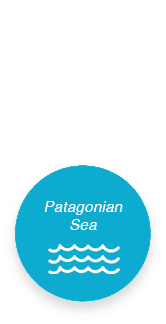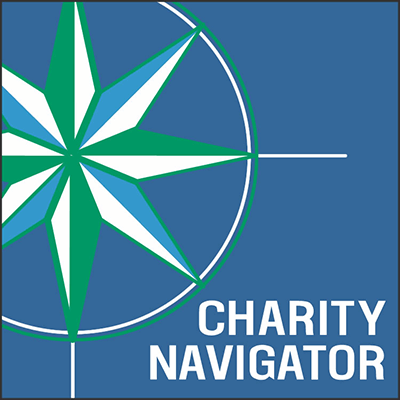From the Executive Director

So much exciting and vitally important work is happening right now to escalate Greenpeace’s campaigns to save our climate and defend our oceans. The urgency of our campaigns is underscored by frequent scientific reports warning political leaders about the severity of climate change, including a new report showing that our oceans are warming far more quickly than scientists previously thought.
We have an opportunity to make history with a strong United Nations Global Oceans Treaty and Greenpeace will be throwing down big in the fight to win the ocean sanctuaries we need to protect 30 percent of the world’s oceans by 2030. The future of our climate depends on healthy oceans able to help regulate global temperatures.
As the latest report from the Intergovernmental Panel on Climate Change makes clear in the starkest terms, the impacts and costs of global warming will be far greater than expected, a clarion call heard around the world. We have 10 years to solve climate change. 10 years. Essentially a blink of an eye within the span of history.
Greenpeace was a high-visibility presence at the U.N. climate talks in Poland late last year, and while we did not get firm promises to increase climate action from governments, the summit did succeed in securing an approved Paris Agreement rulebook, giving us the roadmap to get there. Without immediate action, though, even the strongest rules will not get us anywhere.
That is why Greenpeace is joining the call for a Green New Deal in the U.S. that puts impacted communities at its center, provides a path to a sustainable economy powered by 100 percent renewable energy, and stops the expansion of oil, gas, and coal. The Trump Administration can try and prop up those dying industries at the executive level, but that won’t stop us from taking on fossil fuel corporations and winning congressional and state-level action to curb the climate crisis.
As you’ll see in these pages, our campaigns and our expeditions are bigger, bolder, and more ambitious than ever, thanks to your generous support. We’re grateful to have you with us as we work to create a better world for people and the planet!
For a green and peaceful future,

Annie Leonard, Executive Director
Greenpeace USA
Our Mission
Greenpeace, Inc. is the leading independent campaigning organization that uses peaceful direct action and creative communication to expose global environmental problems and promote solutions that are essential to a green and peaceful future. Please visit greenpeace.org to learn more about Greenpeace, Inc., and greenpeacefund.org to learn more about Greenpeace Fund, Inc.
This update is intended to provide a comprehensive summary of all Greenpeace campaign activities. Please note that all donations to Greenpeace Fund, Inc. were solely used in connection with 501(c)(3) permissible activities. ISSN: 8899- 0190. Unless otherwise noted, all contents are © Greenpeace, Inc.
















 A Breakthrough Moment for Indonesia’s Rainforests and Orangutans—The world’s largest palm oil trader, Wilmar International, was moved to take action following Greenpeace’s intensive global campaign. Wilmar issued a detailed action plan that commits itself to map all of its palm oil suppliers, use satellites to monitor them, and suspend any suppliers found destroying forests. If Wilmar sticks to its word, it is one step closer to finally eliminating deforestation from its supply chain while potentially having a major impact on the rest of the industry. The concession maps would allow us to see whether the producer group that supplies oil to Wilmar are destroying rainforests. These maps also allow us to begin to compare the area with other mapped data, including threatened animal habitats and fragile ecosystems such as peatland forests.
A Breakthrough Moment for Indonesia’s Rainforests and Orangutans—The world’s largest palm oil trader, Wilmar International, was moved to take action following Greenpeace’s intensive global campaign. Wilmar issued a detailed action plan that commits itself to map all of its palm oil suppliers, use satellites to monitor them, and suspend any suppliers found destroying forests. If Wilmar sticks to its word, it is one step closer to finally eliminating deforestation from its supply chain while potentially having a major impact on the rest of the industry. The concession maps would allow us to see whether the producer group that supplies oil to Wilmar are destroying rainforests. These maps also allow us to begin to compare the area with other mapped data, including threatened animal habitats and fragile ecosystems such as peatland forests.








